PTE Reading Tips & Tricks: Learn to Improve Your PTE Reading Score
6 min read
Updated On
-
Copy link
Maximise your score with our expert PTE Reading tips and tricks! Get specific strategies for each PTE Reading question type, build comprehension skills, and avoid common pitfalls in the reading section in this complete guide for aspirants aiming for 79+.
Table of Contents

Limited-Time Offer : Access a FREE 10-Day IELTS Study Plan!
Preparing for and handling the stress of the actual PTE exam requires specific tips and strategies to master and score higher in each module, including the PTE reading section. These PTE Reading tips will allow you to polish your reading skills and gain an excellent score. By following them, you can also acquire the essential skills necessary to conquer different PTE Reading question types.
Therefore, to begin prepping for the PTE Academic Reading exam, you can follow the suggested tips in this article. But first, let us understand the critical details regarding the PTE Reading section.
Overview of PTE Reading
The reading section is the second part of the PTE Academic exam, directly following the speaking and writing sections. It focuses on reading speed and comprehension.
The total score of this module is 90, contributing 10-90 marks to your overall PTE score. However, this section does not use adaptive scoring. It means that all the questions are time-bound. As a result, your performance on one question does not affect the difficulty of the other questions.
In the table below, we have summarized the important features of the PTE Reading section.
|
Component |
Details |
|---|---|
|
Time Allocation |
29–30 minutes |
|
Number of Questions |
13–18 (depending on the combination of task types) |
|
Question Types |
|
|
Scoring |
Partial credit for some questions; others are right or wrong |
|
Skills Tested |
Reading, vocabulary, grammar, contextual understanding |
PTE Reading Tips to Improve Your Overall Skills
Improving your overall reading skills, like comprehension, vocabulary, time management, and test-taking efficiency, is crucial for you. Mastering these foundational skills will help you achieve your desired PTE results.
Given below are some PTE Reading tips that will help guide you on how to focus and improve reading skills for PTE as well as beyond it.
1Boost Your Academic Vocabulary
Academic texts from real-world subjects, like science, education, sociology, and business abound in the PTE Reading section. Therefore, you need to focus on the specific areas, as mentioned in the table below.
|
Category |
Explanation |
Examples |
|---|---|---|
|
Word Families |
Learn how a word changes from one part of speech to another. |
|
|
Collocations |
Common word pairings that sound natural together in English. |
Strong foundation, Broad perspective, Highly effective, Raise awareness, Make a decision |
|
Synonyms & Antonyms |
Understand similar or opposite words used in various contexts. |
|
The vocabulary can be fairly sophisticated, and the language is formal. So, make use of flashcards with academic word lists (such as the Academic Word List, or AWL) or vocabulary-building applications like ‘Memrise’.
2Effectively Skim and Scan
In the PTE Reading section, time management is crucial. You have to read fast without skipping any important details.
Reading a text quickly in order to grasp its structure or main idea is known as skimming. Pay attention to headings, titles, transitional words, and the opening sentences of paragraphs. Your aim should be to understand the main topic of this paragraph with skimming.
Searching for particular information, like names, dates, numbers, or keywords, is known as scanning. Instead of reading line by line, use your eyes as a scanner to look for hints.
So, try to skim a paragraph in 15–20 seconds by setting a timer, and then in less than 10 seconds, scan to find specific words.
3 Don't Focus Too Much on Just One Question
The PTE is a test with a time limit and every question has equal or partial weight. However, if you focus too much on a challenging one, you will lose time on other questions. So, efficiency is more important than perfection here.
How to Master Efficiency in Three Easy Steps?
- Give each question a soft time limit, such as one and a half to two minutes.
- Choose the best option, rule out the others, and move on if you are not sure.
- If you are stuck, follow your instinct and do not spend too much time second-guessing or overanalyzing.
4 Recognize Contextual Hints
The majority of PTE reading questions, particularly Fill in the Blanks in PTE Reading, test your comprehension of a word's context. So, look for content clues in:
- Tone: Does the text have an academic, neutral, persuasive, or descriptive tone?
- Grammar: Does the blank require a connector, a past tense verb, or a singular or plural noun?
- Logic: How do the ideas or sentences relate to one another? Examples include contrast (however, but), result (therefore, thus), and addition (moreover, also).
Before looking at the options, practice reading a sentence that has a blank and try to predict what kind of word should go there.
5 Use Elimination Method (For MCQs)
When the answer is not immediately apparent, multiple-choice questions can feel overwhelming. However, you are free to discover incorrect answers first.
How to Get Rid of Things Efficiently?
- Too drastic? Remove options that use phrases like always, never, or completely unless the passage makes that very evident.
- Not stated clearly? Cross out any statements that the passage doesn't directly support.
- Controversial? The option is inaccurate if it states the opposite of what the text suggests.
Verify that the option truly corresponds with the passage because sometimes the longest or most detailed one can be a trap. For example, remove the option that focuses on a minor detail if the question is about the ‘main purpose’.
Looking for comprehensive preparation courses for PTE training?
Check out the top-notch PTE programs!
PTE Reading Skills for Solving Specific Question Types
Focusing on how to solve each question type in the reading module is as important as brushing up your overall reading skills. Therefore, let us look at each PTE Reading question type and specific strategies to tackle them effectively one by one:
Tips for Reading and Writing: Fill in the blanks
This question type provides the test giver with a short passage that contains several gaps. You must pick the correct phrase to fill the blank from a drop-down list.
Tips:
- Practice speed reading to attempt all questions within the necessary time frame.
- By familiarizing yourself with common phrases, you can instinctively understand which words usually go together.
- Ensure that the option you choose fits the context as well as is grammatically consistent with the rest of the sentence.
Tips for Multiple-choice, Choose multiple answers
The test-taker is provided with a short paragraph. Follow the instructions to select all the correct answers. This question has a negative marking disadvantage.
Tips:
- Only select the answers you are completely sure of to avoid incurring a minus point.
- Scan the text and the test question to spot repeated words. Then you can reread the sentences around that part to find the appropriate answers.
- Aim to connect the meaning of the question with the corresponding part of the passage rather than the specific words.
Tips for Multiple choice, single answer
The test taker is required to answer a multiple-choice question about the text’s content or tone after reading it by choosing only one correct option.
Tips:
- It is crucial to learn how to use synonyms and paraphrasing because they will absolutely be used in this section of the test. In most questions, the words from the text are not used or repeated in the correct response.
- Choose the option that is most likely to be correct by eliminating the wrong choices one by one. As there is no negative marking, you can attempt all the questions.
Tips for Reorder Paragraphs
The test-taker will be given parts of a single paragraph in a jumbled order. The task is to provide the correct order for the paragraphs so that when read together, they make complete sense and follow a correct grammatical structure.
Tips:
- Read all the jumbled paragraphs at once to get an overview of the topic.
- Begin by finding the starting sentence, i.e. the one which introduces the topic.
- You will be scored according to your ability to reorder the paragraph structure in a complete and cohesive manner.
Tips for Reading: Fill in the blanks
This section contains short paragraphs with blank spaces for missing words – the test taker must choose the correct option from the phrases provided to fill in the blanks.
Tips:
- Do not leave any blank spaces as there is no negative marking for these questions. Select one option for each.
- Use your grammar understanding to figure out which part of the sentence is missing and fill in the blanks accordingly.
To conclude, the goal of the PTE Reading section is to read and manage time smartly. You can maximize your time and steer clear of minor errors by using a targeted approach for every kind of question while taking PTE Reading practice tests. Your score will rise noticeably if you work on improving your vocabulary, grammar, and paragraph structure and practice applying the tips and tricks mentioned in the article.
Useful Links:
Frequently Asked Questions
How can I get better at reading for the PTE?
Which kind of PTE Reading question is the most crucial?
Can I go back to an earlier PTE Reading questions?
Does the PTE Reading have a negative marking system?
How frequently should I practice reading for the PTE?
Other PTE Exam Related Articles

Start Preparing for IELTS: Get Your 10-Day Study Plan Today!
Explore other IELTS Articles

Kasturika Samanta
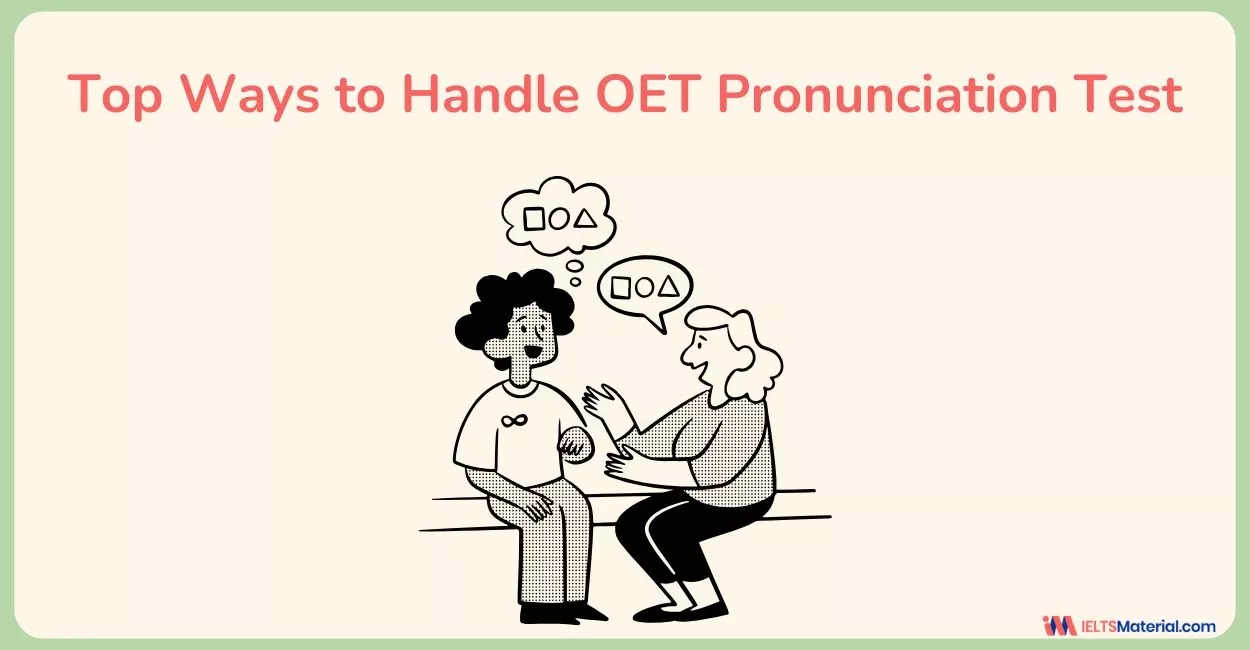
Prity Mallick
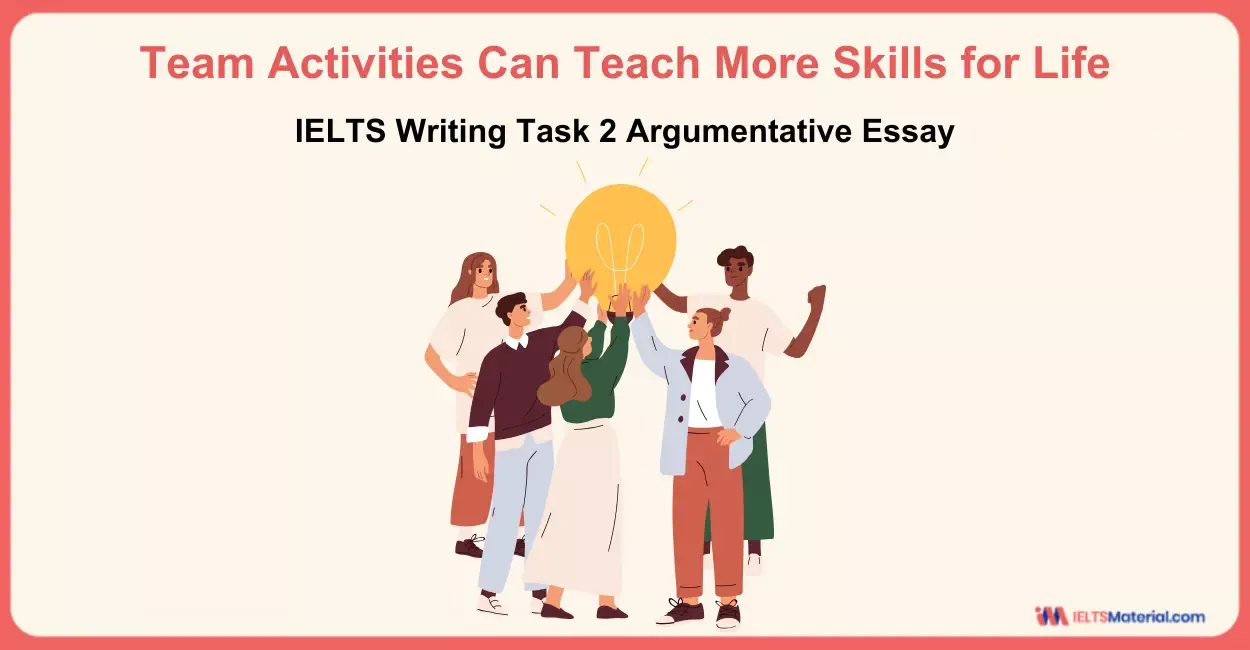

Nehasri Ravishenbagam
Recent Articles

Kasturika Samanta
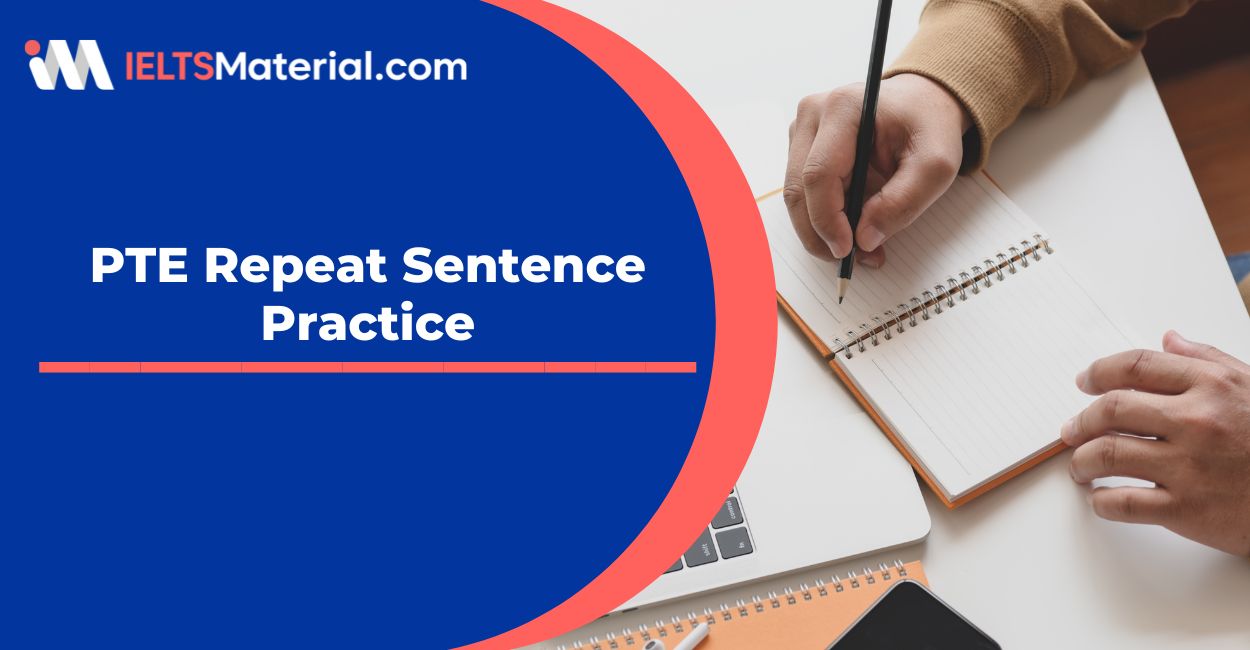
Kasturika Samanta
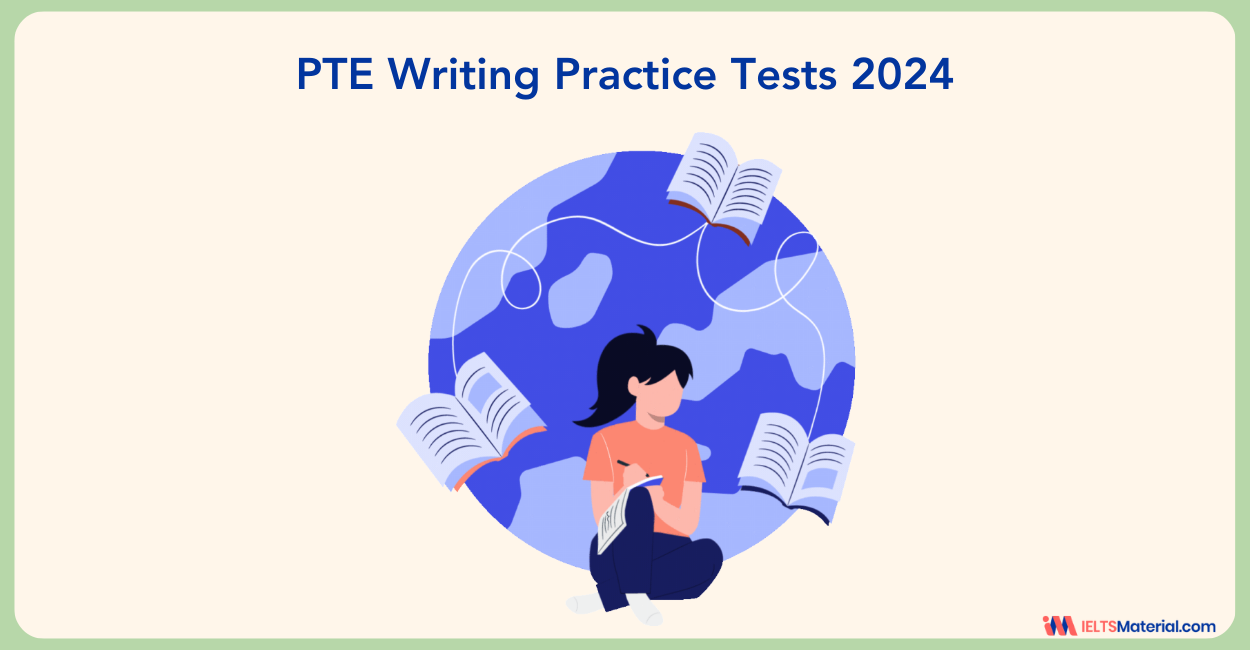
Kasturika Samanta
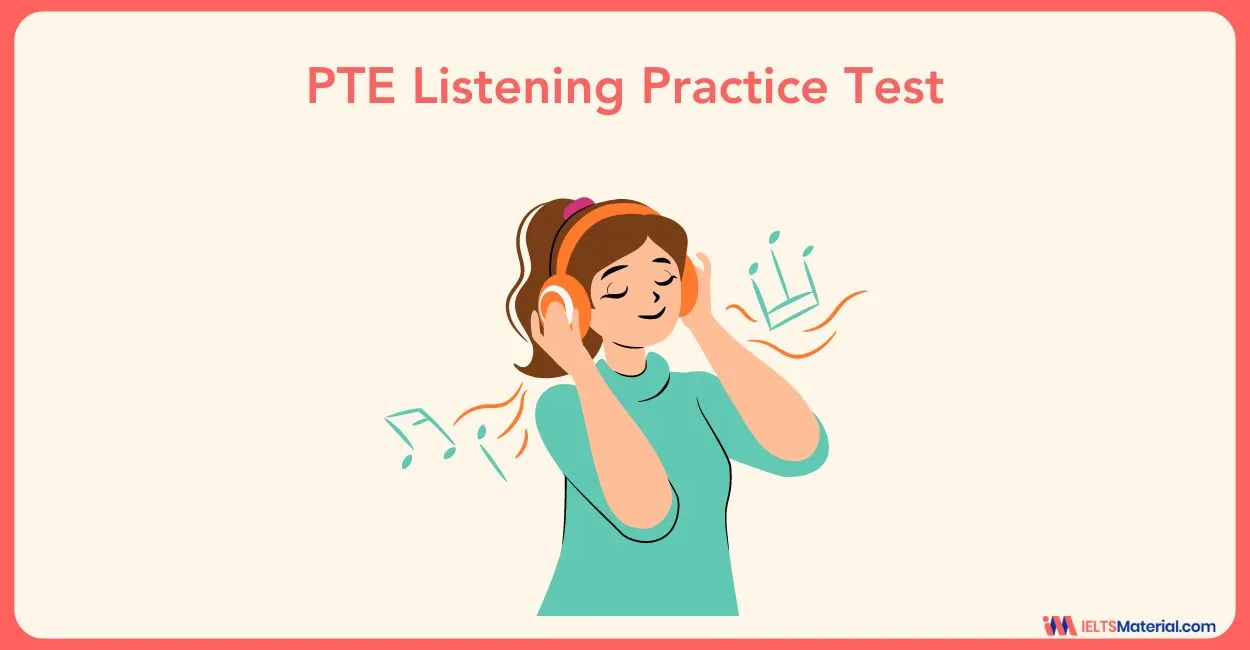
Prity Mallick
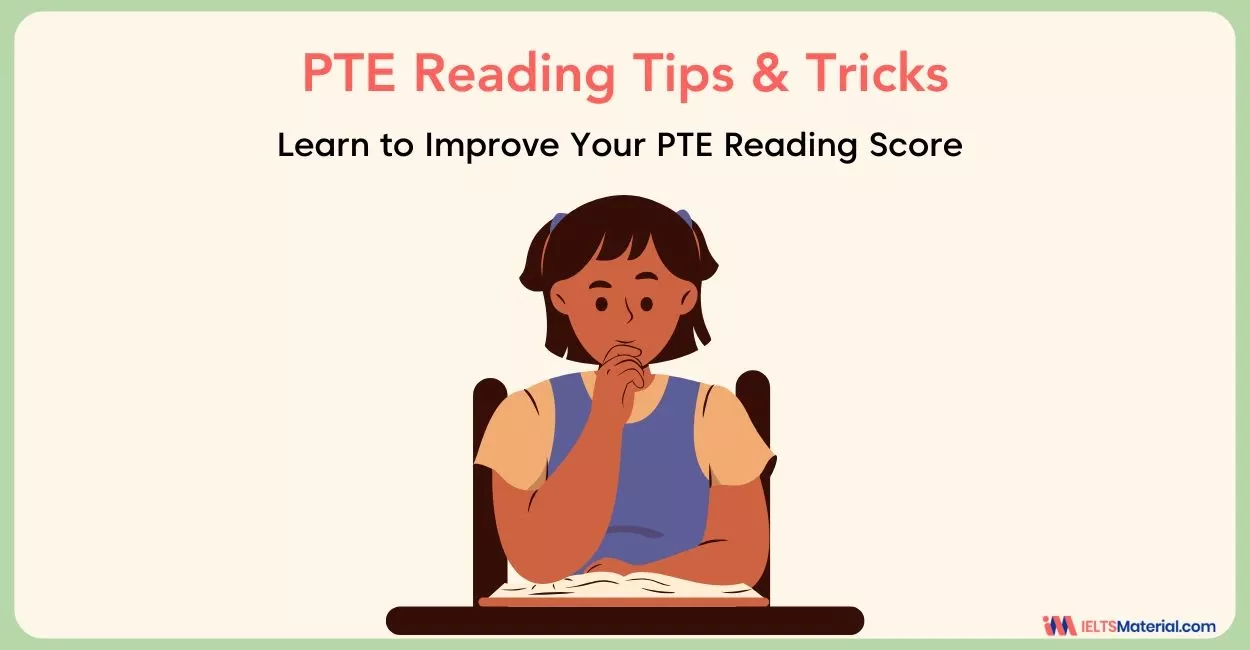



Post your Comments